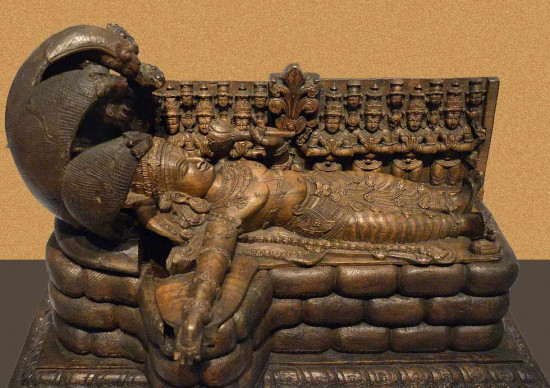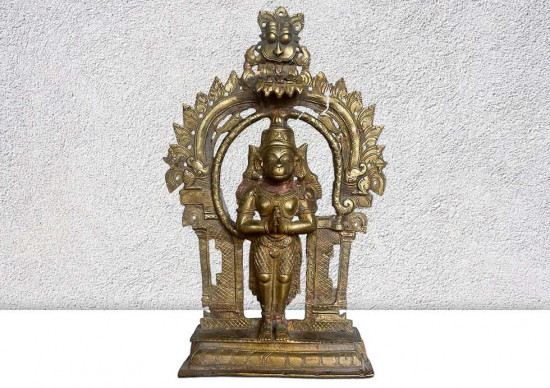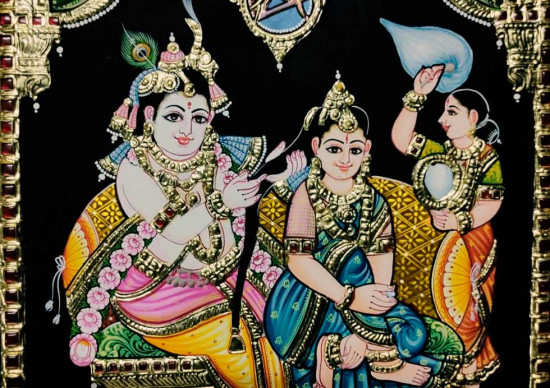Navratri, one of the most vibrant and spiritually significant festivals in India, is a nine-night celebration dedicated to the worship of Goddess Durga. This festival marks the victory of good over evil and symbolizes the divine feminine power. Navratri is a Sanskrit word which means “nine nights”, it is celebrated with grandeur and devotion across the country. In this blog, we will delve into the narratives surrounding Navratri Puja, uncovering its deep-rooted historical background, its profound significance, and the intricate rituals that collectively create a festival that beautifully interweaves culture, spirituality, and tradition.
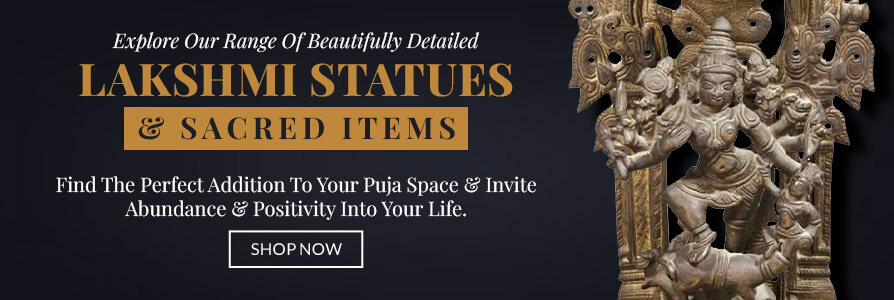
The Legend of Navratri
Navratri is rooted in Hindu scripture and holds various stories of its origin. One of the most well-known stories is the victory of Maa Durga over the demon Mahishasura. According to the legends, Mahishasura was a fierce demon who terrorized the heavens and the earth. Unable to bear his tyranny, the gods invoked the divine feminine power, which led to the creation of
Goddess Durga.Durga, with her many arms, each holding a powerful weapon, battled Mahishasura for nine days and nights. On the tenth day, she vanquished him, symbolizing the triumph of good over evil. This victory is celebrated during Navratri.
The Different Forms of Goddess Durga

During Navratri, the nine forms or manifestations of Goddess Durga are worshipped over nine days. Each form, known as a “Shakti,” represents a unique facet of her divine power. These forms include:
- Shailaputri: She is the daughter of the Himalayas and symbolizes the essence of nature.
- Brahmacharini: She is the symbol of meditation and purity.
- Chandraghanta: She is the embodiment of bravery and courage.
- Kushmanda: She is believed to be the creator of the universe.
- Skandamata: She is the mother of Lord Skanda (Kartikeya), symbolizing motherhood.
- Katyayani: She is the warrior form of the Goddess, representing the warrior spirit.
- Kalratri: She is the fiercest form and destroys evil.
- Mahagauri: She symbolizes purity and grace.
- Siddhidatri: She is the granter of Siddhis or spiritual perfections.
Each form is associated with a specific color, and devotees wear clothes of the respective color each day during Navratri. The Navratri puja involves performing rituals and prayers dedicated to these forms, invoking their blessings.
The Significance of Fasting
Fasting is a common practice during Navratri. It is believed that fasting cleanses the body and mind and helps in channeling one’s energy towards spiritual practices. Many devotees observe strict fasts, consuming only fruits, milk, and specific fasting-friendly foods.
Fasting during Navratri serves a dual purpose – it is a tribute to the Goddess’s self-discipline and a means of purifying the body in readiness to embrace the divine energy that courses through this sacred period.
The Garba and Dandiya Dance
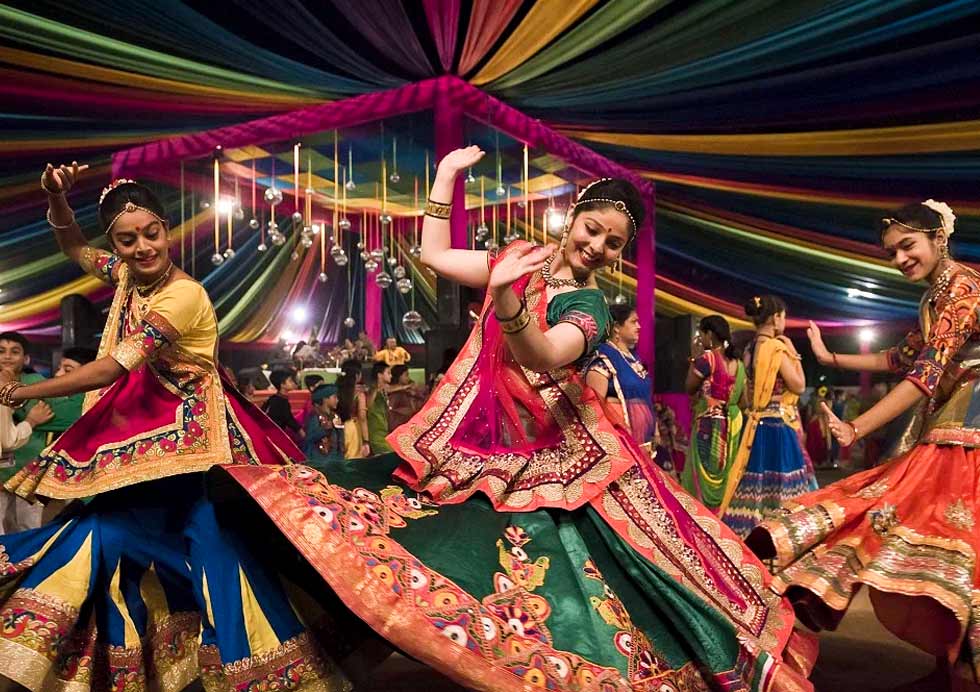
One of the most vibrant aspects of Navratri celebrations is the Garba and Dandiya dance. These energetic and colorful dances are a way for people to rejoice and express their devotion. The Garba is a circular dance performed by women, while the Dandiya involves men and women using wooden sticks as props while dancing.
These dances not only celebrate the victory of Goddess Durga but also symbolize the circle of life and the rhythm of the universe. People come together in large gatherings, dressed in traditional attire, and dance to the beats of lively music, creating an atmosphere of joy and togetherness.
The Culmination – Vijaya Dashami
The final day of Navratri, known as Vijaya Dashami or Dussehra, is the most significant. It marks the conclusion of the nine-day worship and the victory of good over evil. Effigies of the demon king Ravana, who was defeated by Lord Rama, are burnt in grand processions, symbolizing the triumph of righteousness.
On this day, people exchange gifts and sweets as a gesture of love and respect. Many also visit temples to seek the Goddess’s blessings for a prosperous and successful life.
The Navratri Puja Today

Navratri Puja has evolved over the years, embracing both traditional and contemporary elements. While the core rituals and devotion remain the same, people now also enjoy cultural events, music concerts, and food festivals during this festival. It’s a time when communities come together, celebrate diversity, and strengthen their bonds.
Conclusion
In the enchanting tale of Navratri Puja, we discover a profound connection between mythology, spirituality, and tradition. It is a time when the divine feminine power is honored, and the victory of good over evil is celebrated with fervor. The festival’s diverse rituals, fasting, dance, and music create an atmosphere of joy and devotion. Navratri Puja transcends mere religious observance; it transforms into a vibrant cultural spectacle that proudly displays the intricate tapestry of India’s diverse traditions and beliefs. This festive occasion becomes a unifying force, bringing people together to celebrate and seek the blessings of Goddess Durga, fostering hopes for prosperity and harmony in life.








